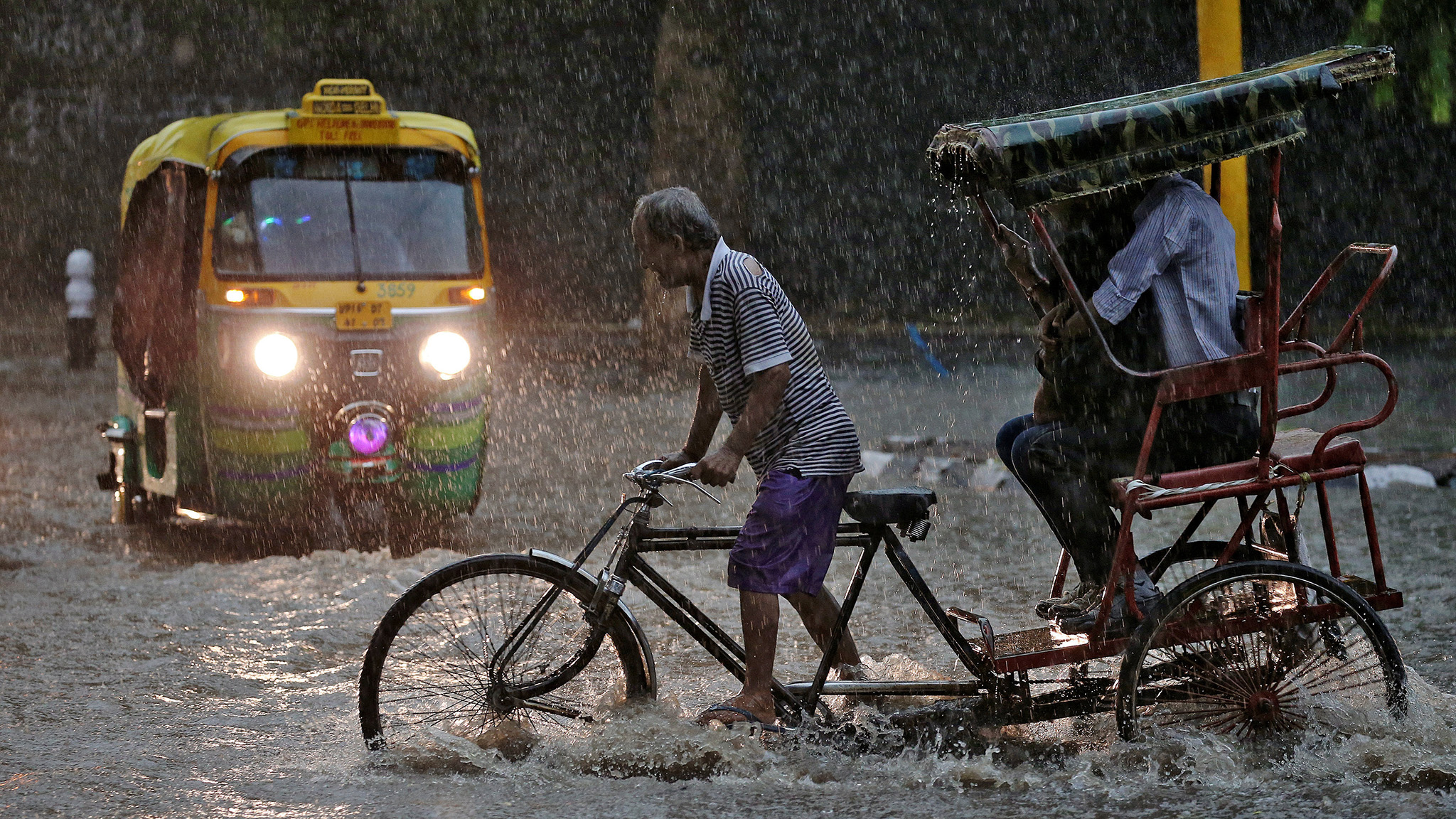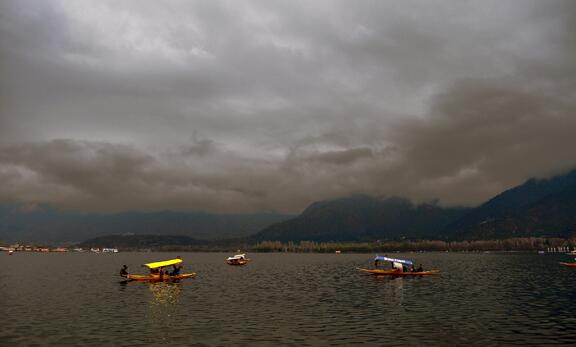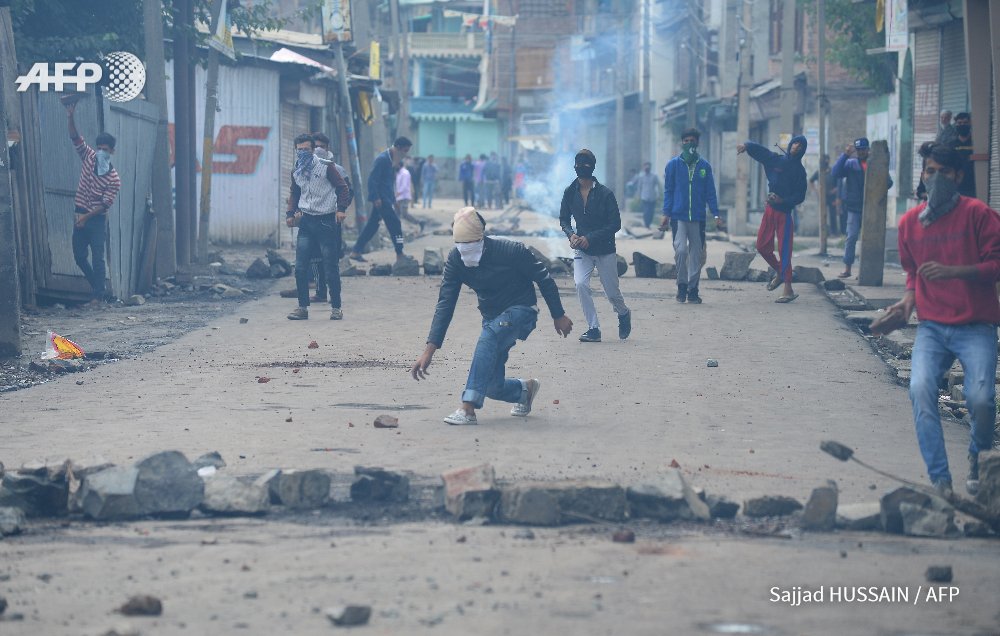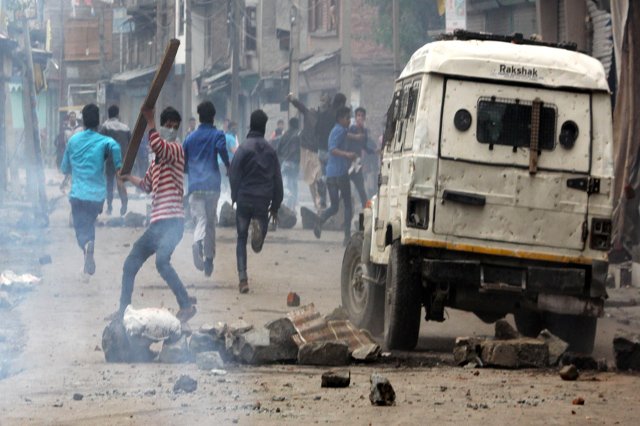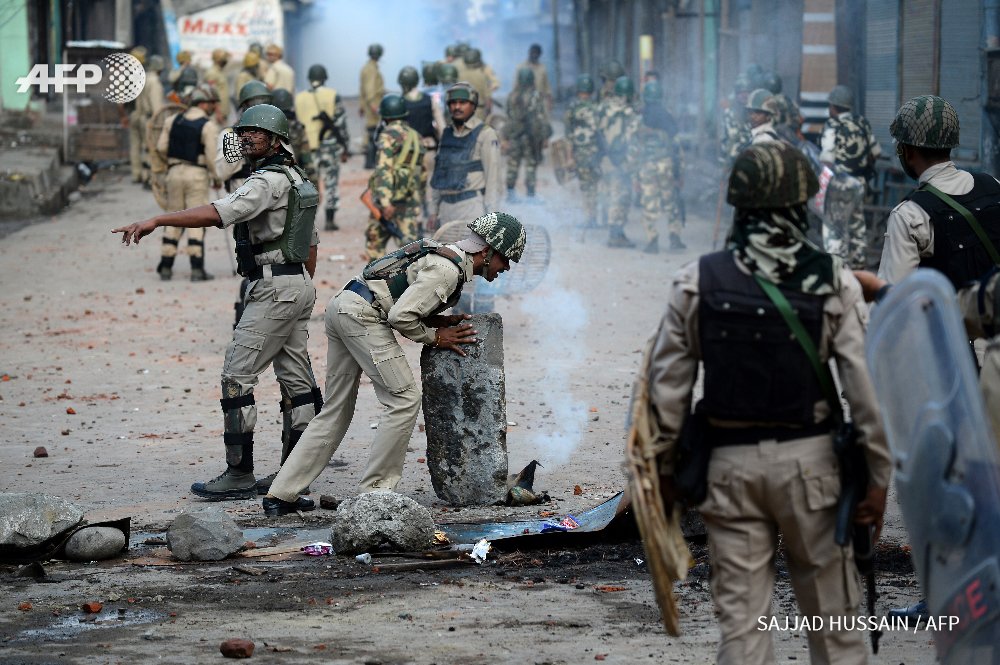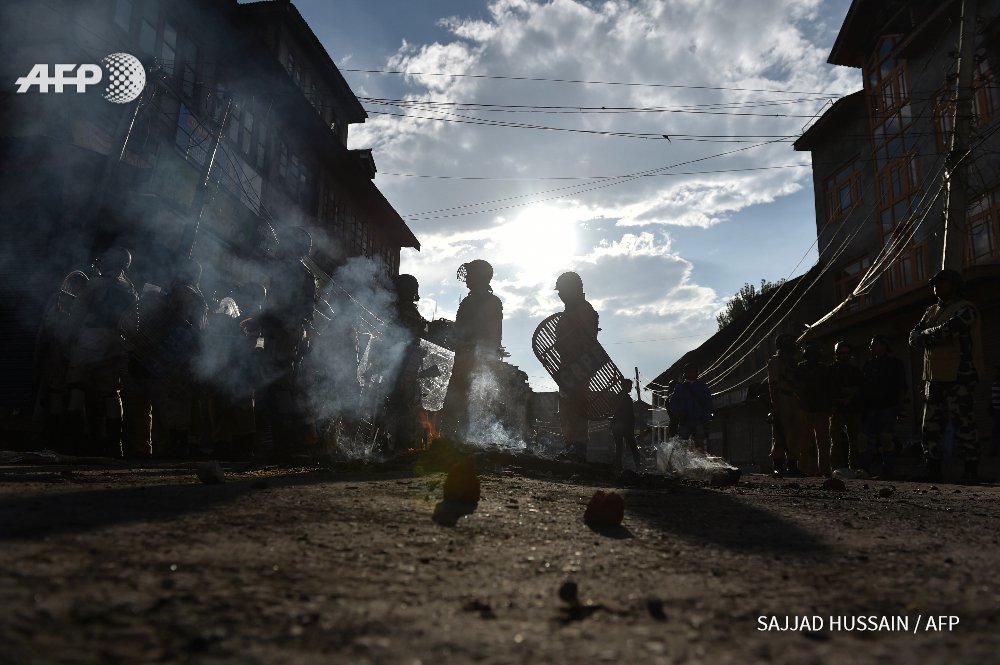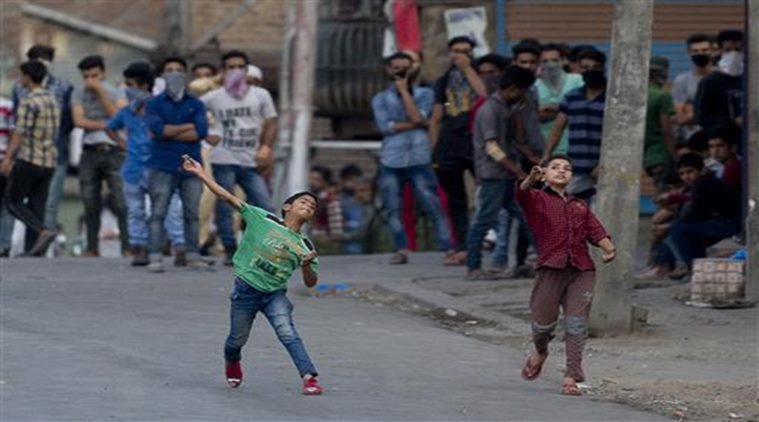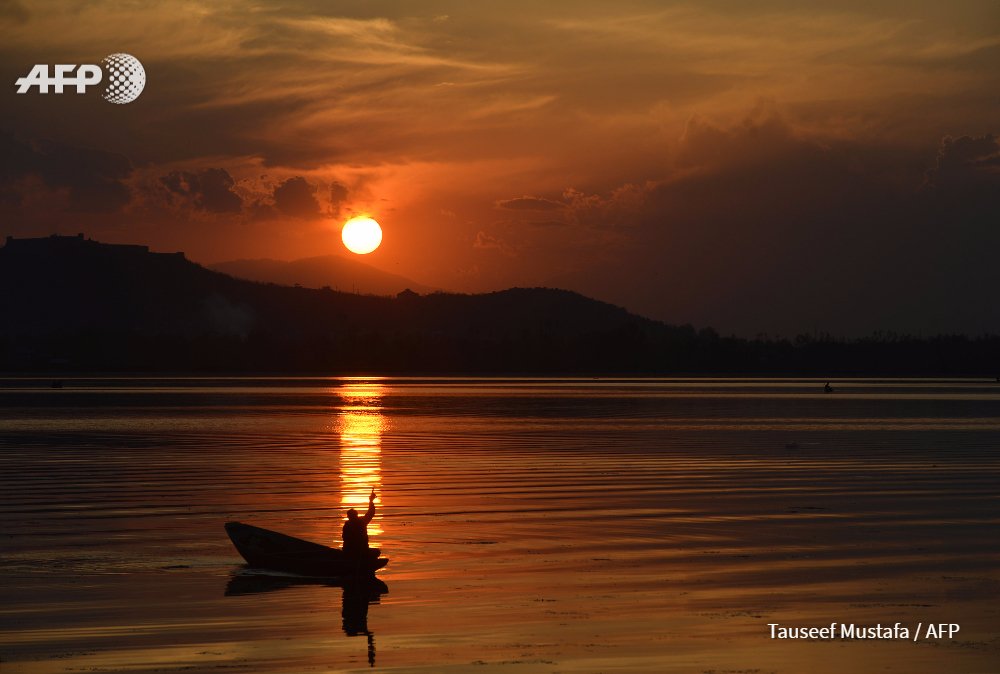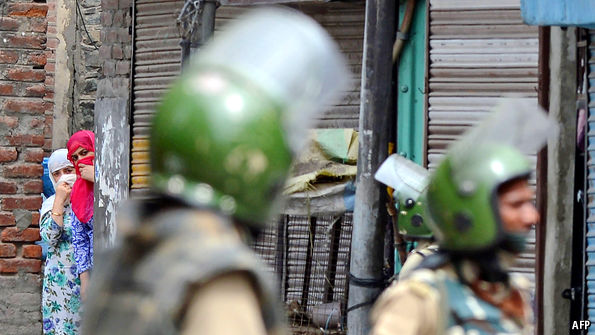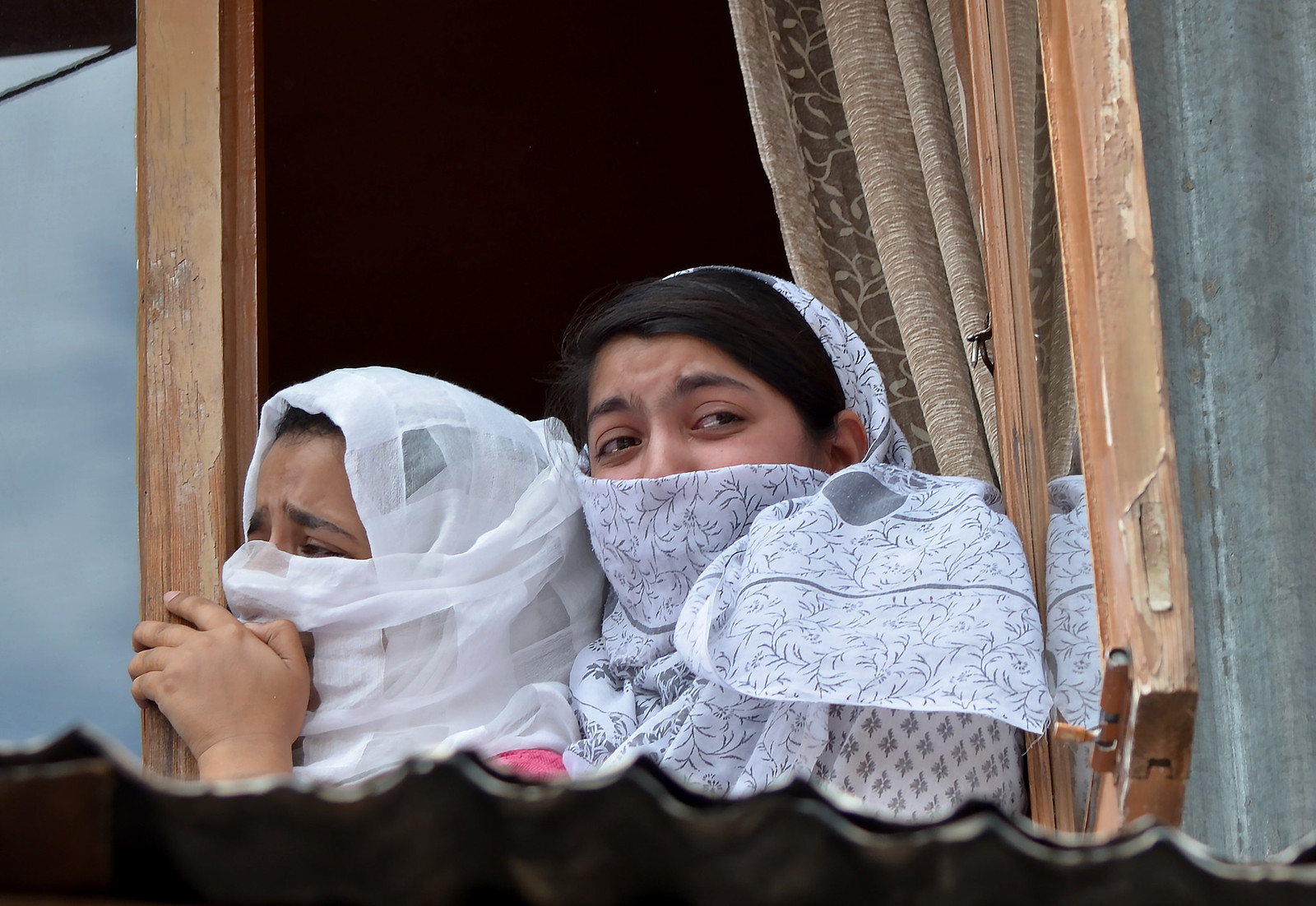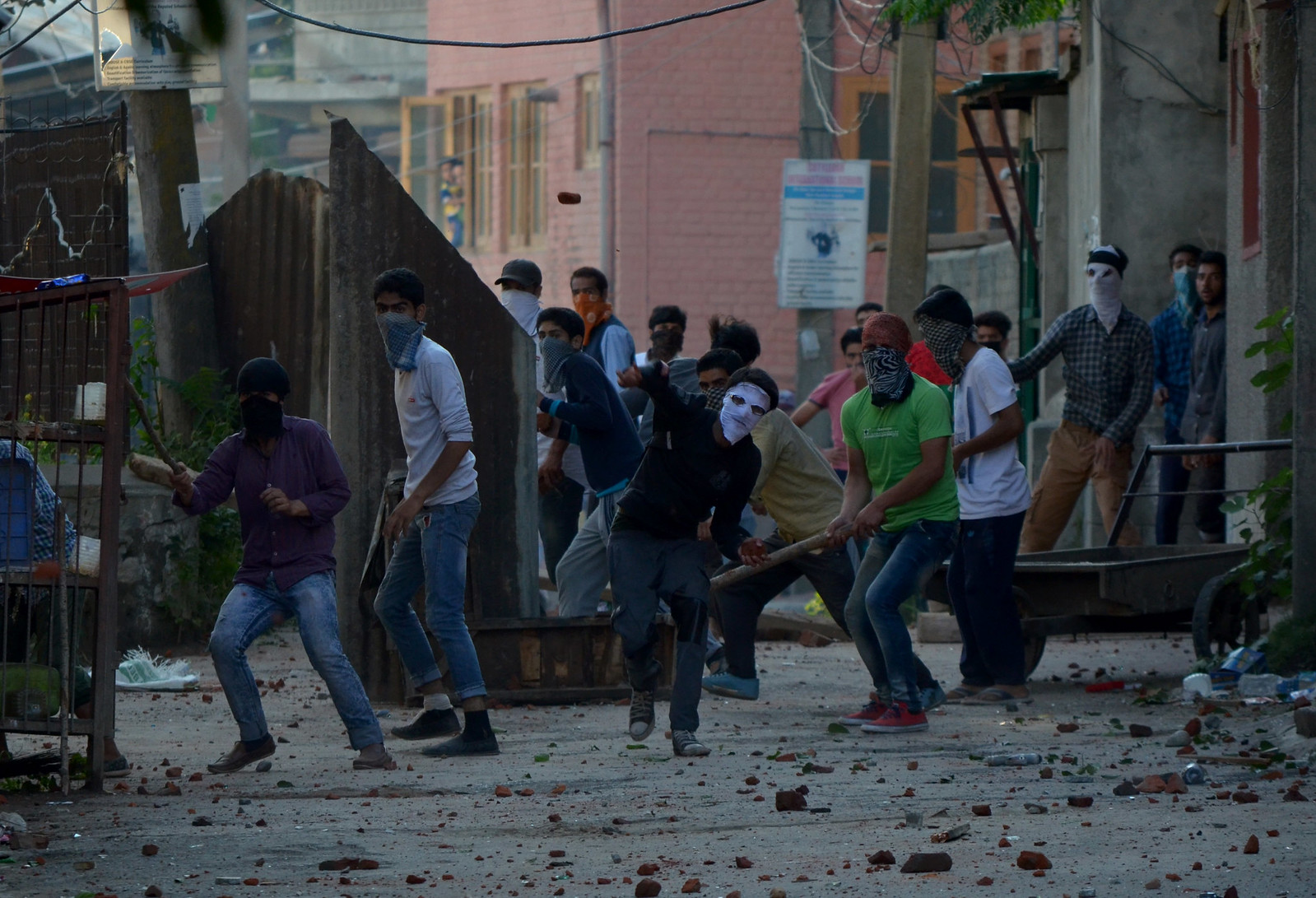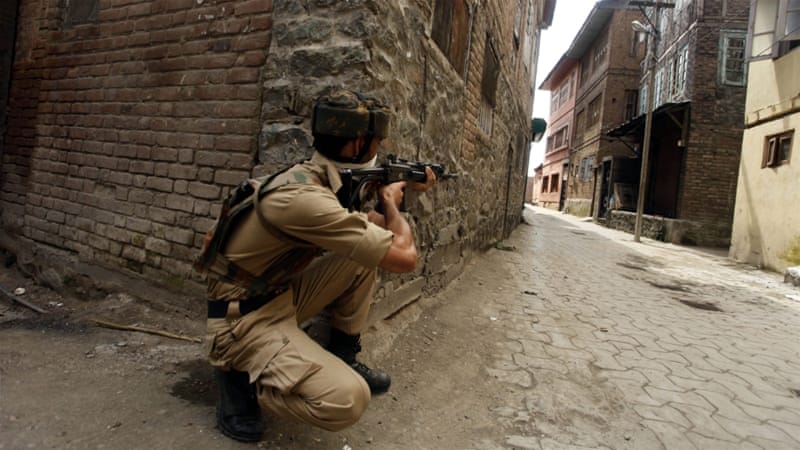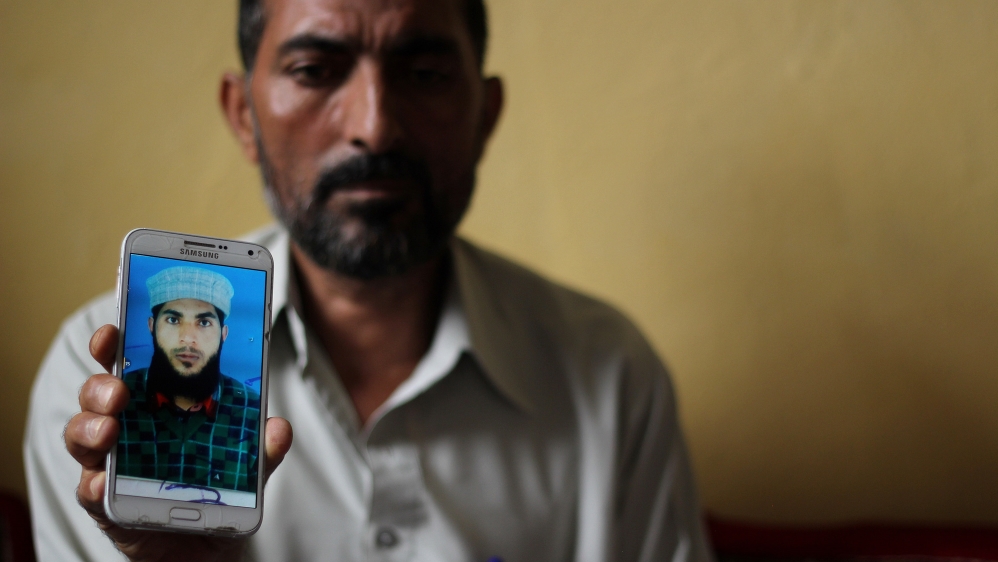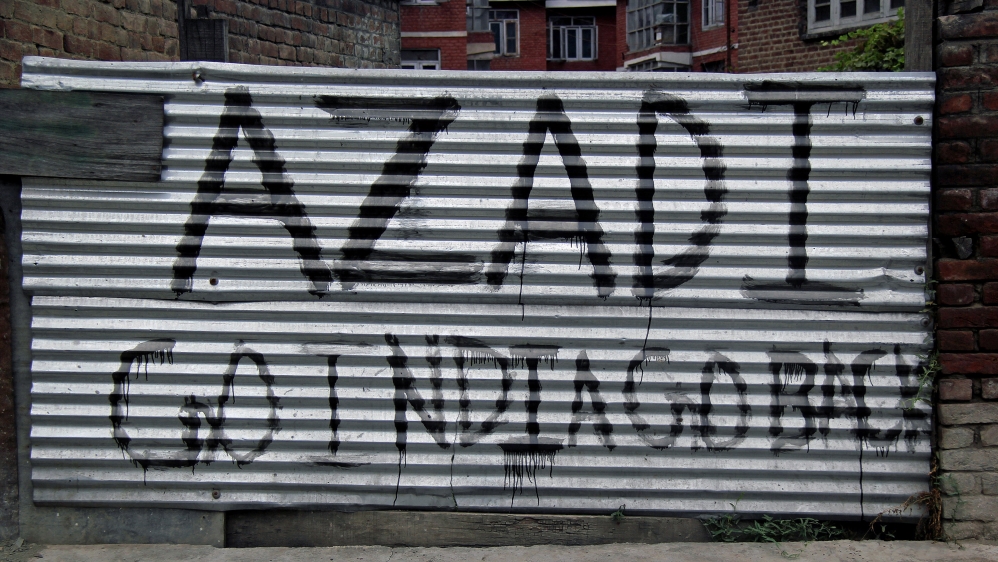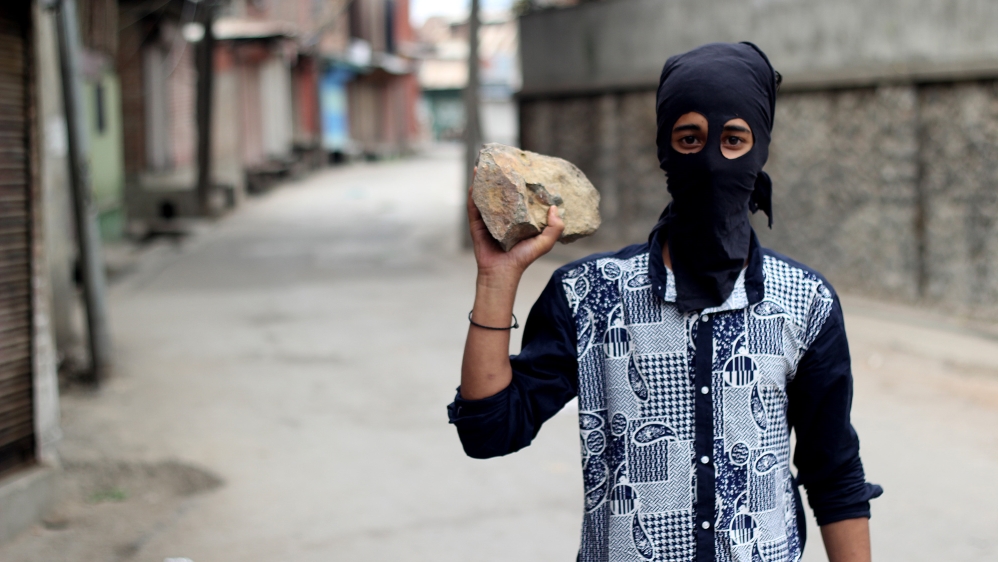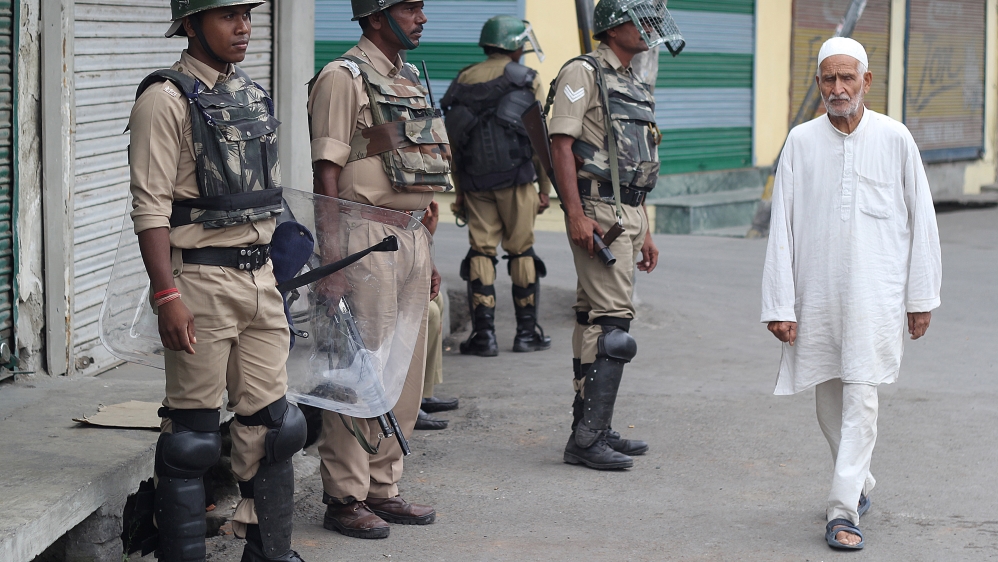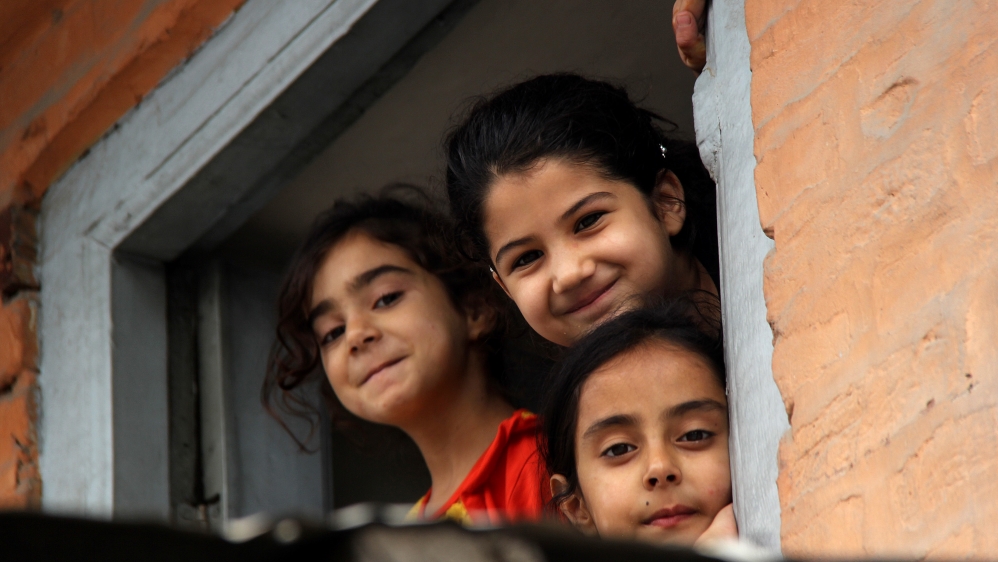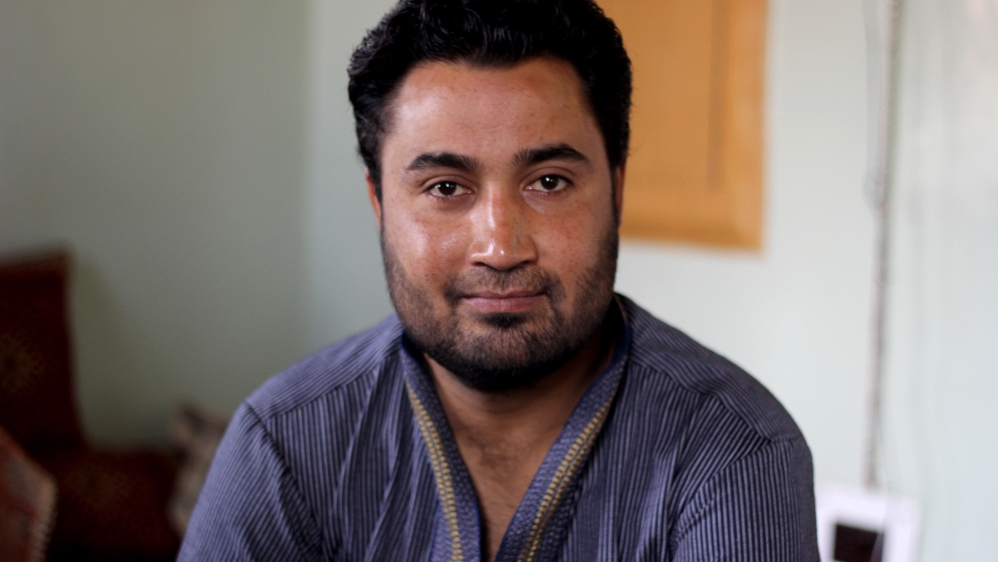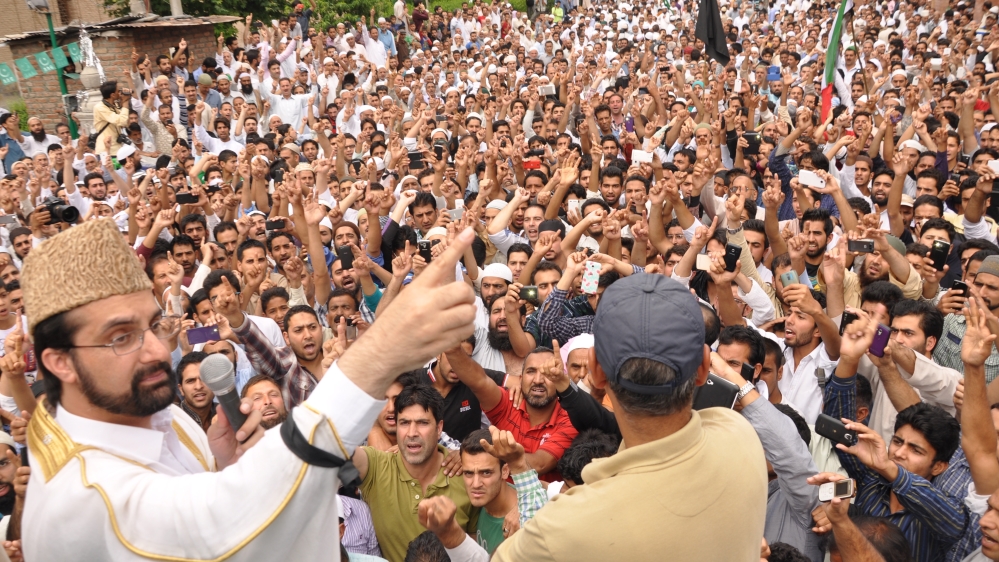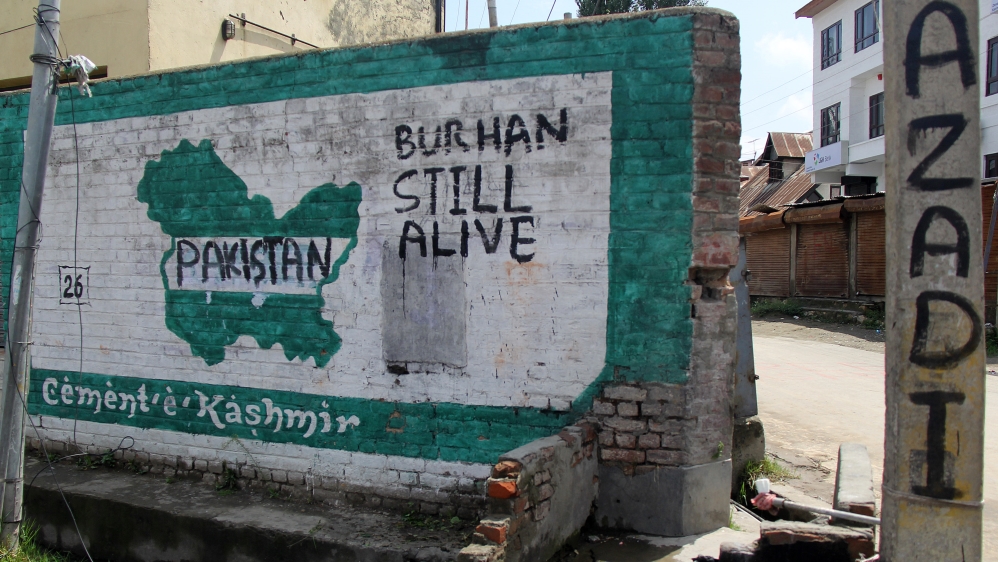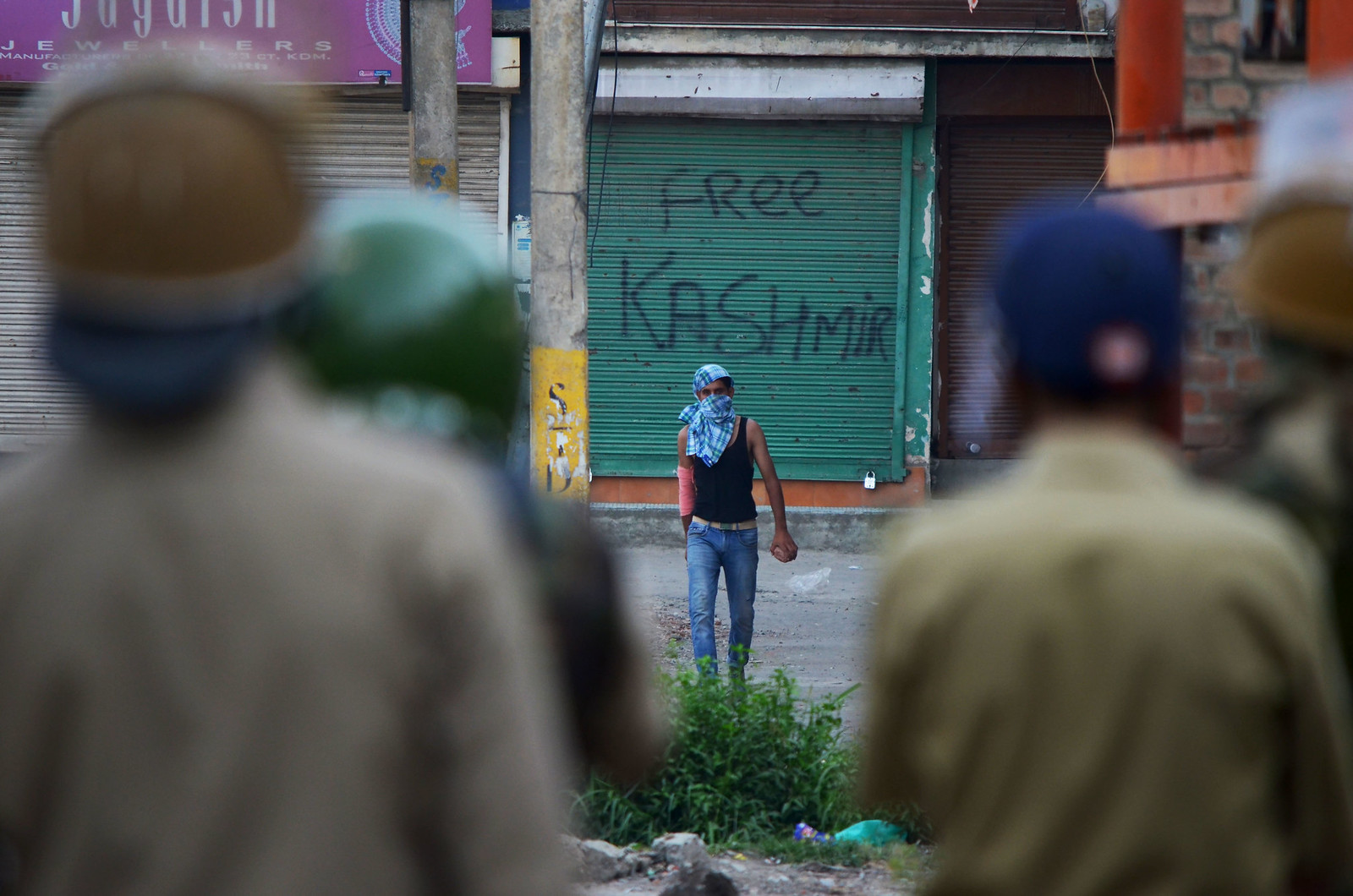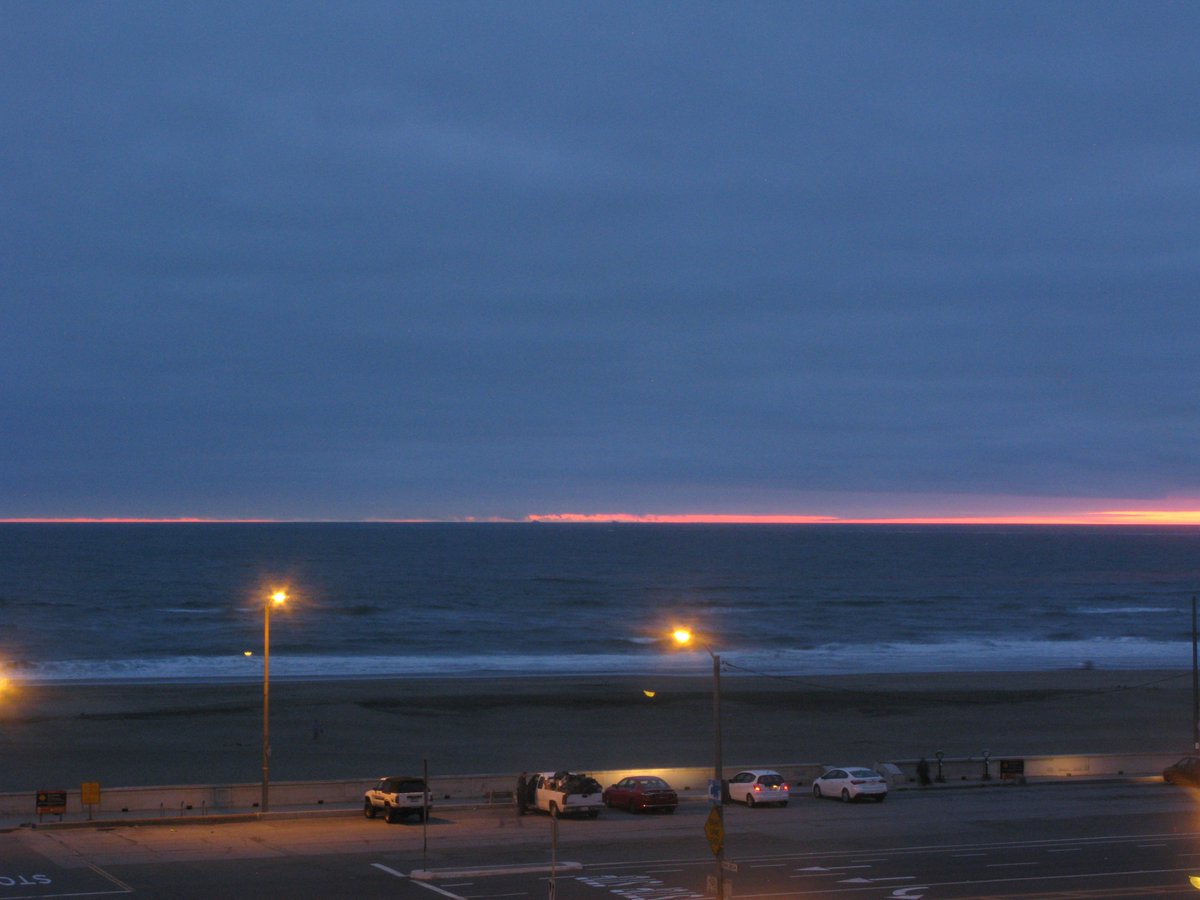An Indian policeman takes cover behind an armored vehicle as Kashmiri protesters throw stones at him during a protest in Srinagar, Indian controlled Kashmir on Tuesday: photo by Dar Yasin/AP, 30 August 2016
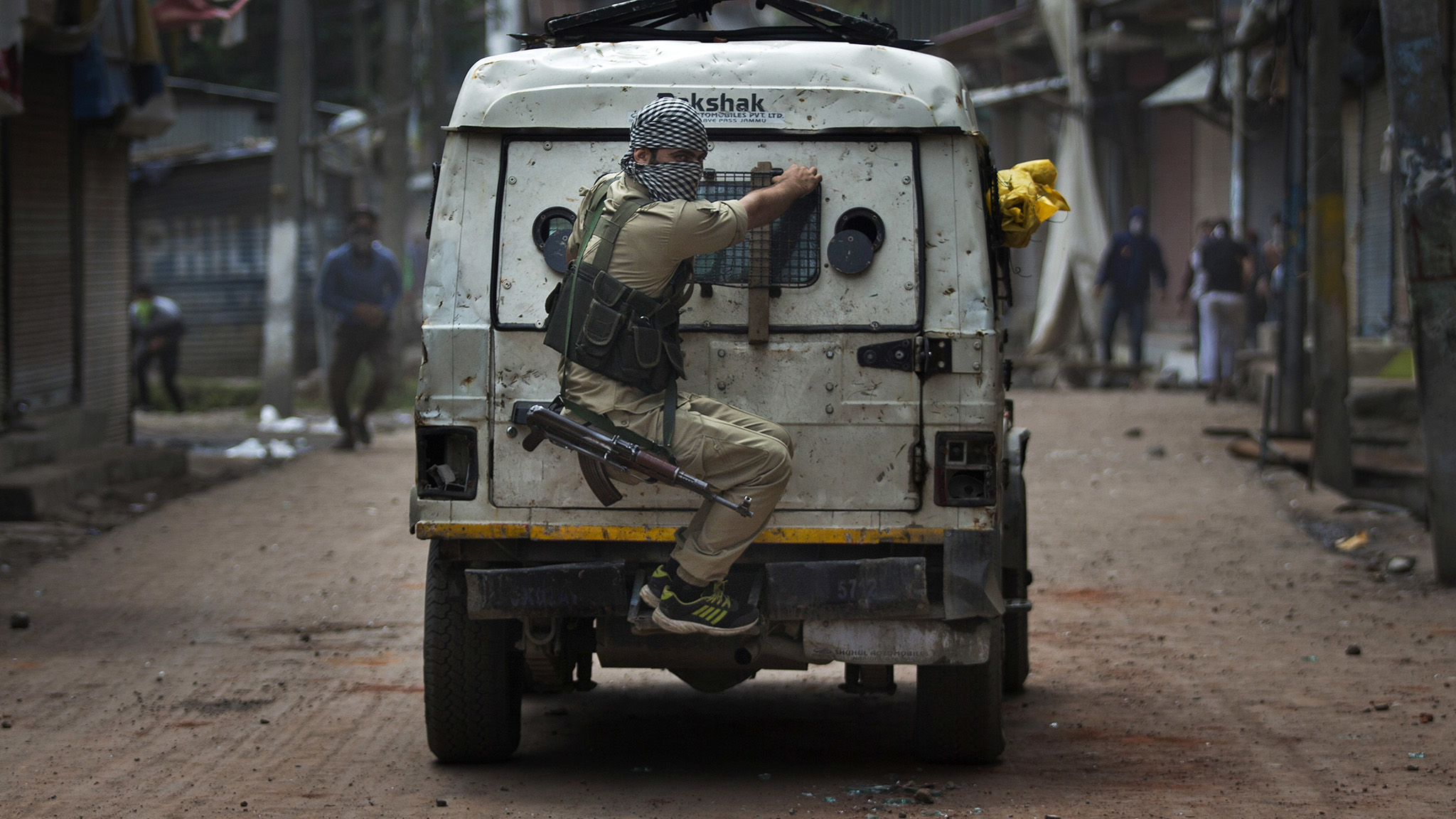
An Indian policeman takes cover behind an armored vehicle as Kashmiri protesters throw stones at him during a protest in Srinagar, Indian controlled Kashmir on Tuesday: photo by Dar Yasin/AP, 30 August 2016

Day 53 #Srinagar #Kashmir August 30, 2016: image via Faisal Khan @lookaround81, 30 August
2016
Euripides: A fragment
Doth some one say that there be gods above?
There are not; no, there are not. Let no fool,
Led by the old false fable, thus deceive you.
Look at the facts themselves, yielding my words
No undue credence: for I say that kings
Kill, rob, break oaths, lay cities waste by fraud,
And doing thus are happier than those
Who live calm pious lives day after day.
How many little states that serve the gods
Are subject to the godless but more strong,
Made slaves by might of a superior army!
Euripides (c.485 BC-406 BC), Bellerophon, fragment 286 (Nauck), translated by John Addingon Symonds in The Greek Poets, Second Series (1876)

Curfew reimposed in Indian occupied #Kashmir after fresh clashes with protesters: image via Kashmir Spring @KashmirSpring, 29 August 2016
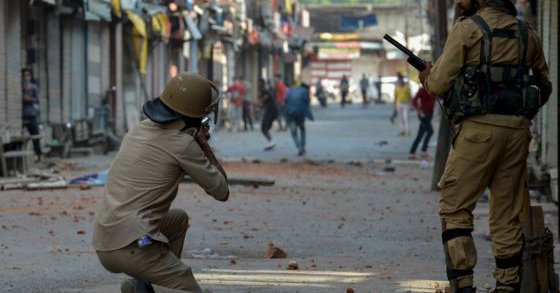
Enough of Kashmir inquiries w/o outcomes. India should
repeal impunity law on lethal force.: image via Kenneth Roth @KenRoth 29
August 2016

[In Kashmir]: image via Ather Zia @aziakashmir

poems : In Kashmir, it is the boys, [and everyone] @baalegibreel @shrimoye_n @_Faysal: image via Ather Zia @aziakashmir, 31 August 2016

Very Strange but true, It is an occupation when you being a native have to prove your identity to outsider #Kashmir: image via Kashmir Freedom @KashmirFreedom7, 28 August 2016

[In Kashmir]: image via Ather Zia @aziakashmir

poems : In Kashmir, it is the boys, [and everyone] @baalegibreel @shrimoye_n @_Faysal: image via Ather Zia @aziakashmir, 31 August 2016
Danish
Manzoor, 28, shot dead by army personnel a short while ago in North
#Kashmir. No. of civilian killings in Kashmir has reached 71.: tweet via Fahad Shah @pzfahad, 30 August 2016
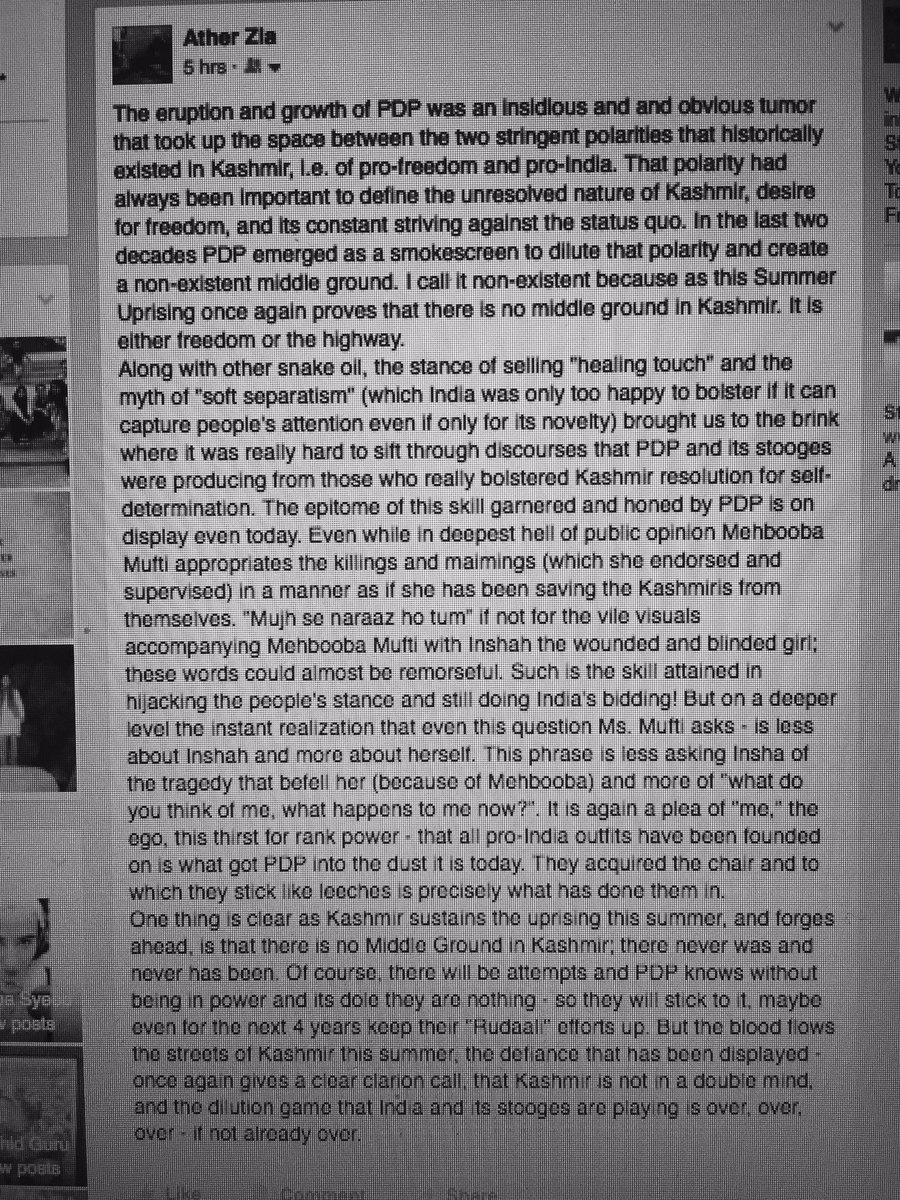
Kashmiris decimate middle ground-indian apologist brand of politics. word! #KashmirCrisis: image via Ather Zia @aziakashmir, 30 August 2016
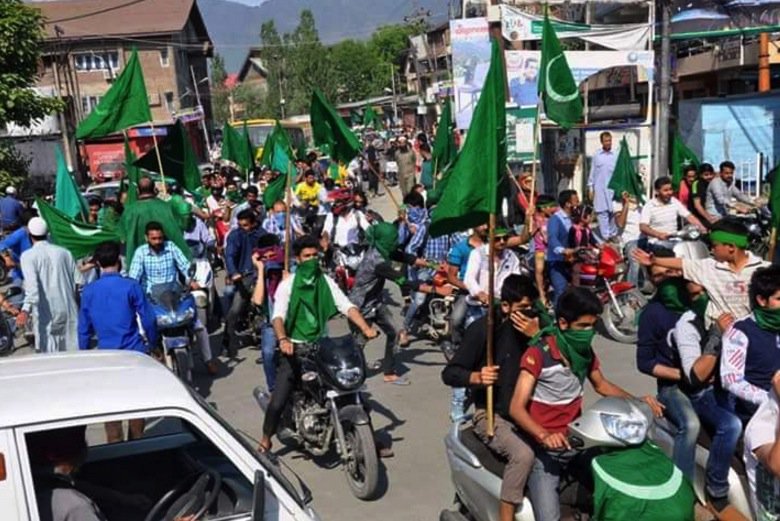

Kashmiris decimate middle ground-indian apologist brand of politics. word! #KashmirCrisis: image via Ather Zia @aziakashmir, 30 August 2016

#Srinagar downtown youth hold protest rally. #Kashmir: image via Nomy Sahir @NomyPti, 30 August
2016

Very Strange but true, It is an occupation when you being a native have to prove your identity to outsider #Kashmir: image via Kashmir Freedom @KashmirFreedom7, 28 August 2016
Heavy morning downpour in delhi #DelhiRains @SkymetWeather @weatherofindia: image via Ganpat Teli @GanpatTeli1, 30 August 2016
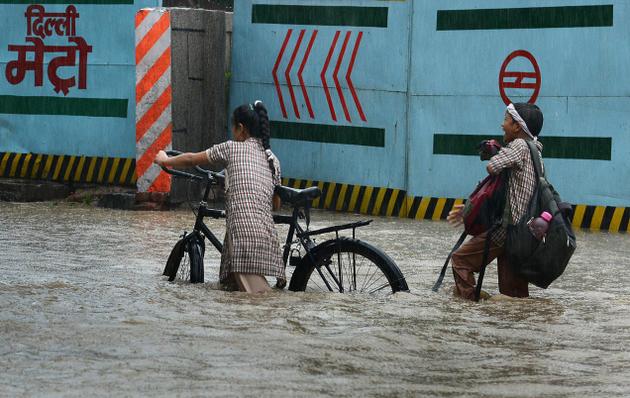
Smart city? #DelhiRains: image via Poornima mishra @poornima_mishra, 30 August 2016
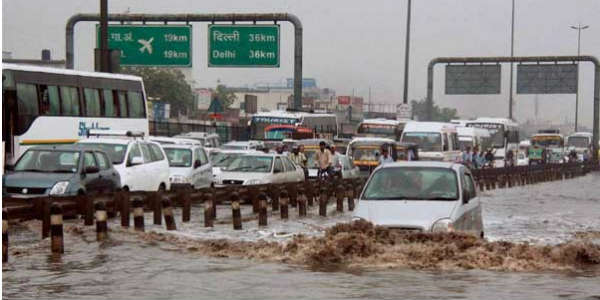
Smart city? #DelhiRains: image via Poornima mishra @poornima_mishra, 30 August 2016
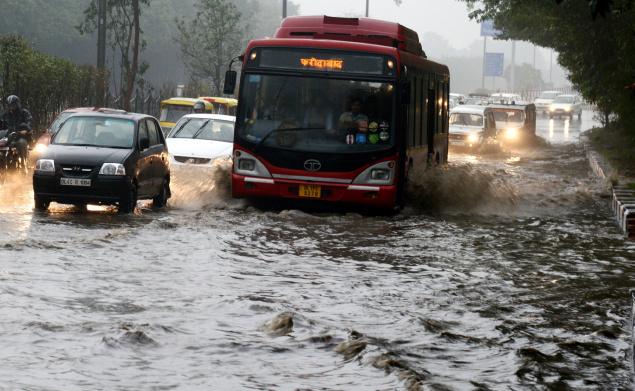
Smart city? #DelhiRains: image via Poornima mishra @poornima_mishra, 30 August 2016
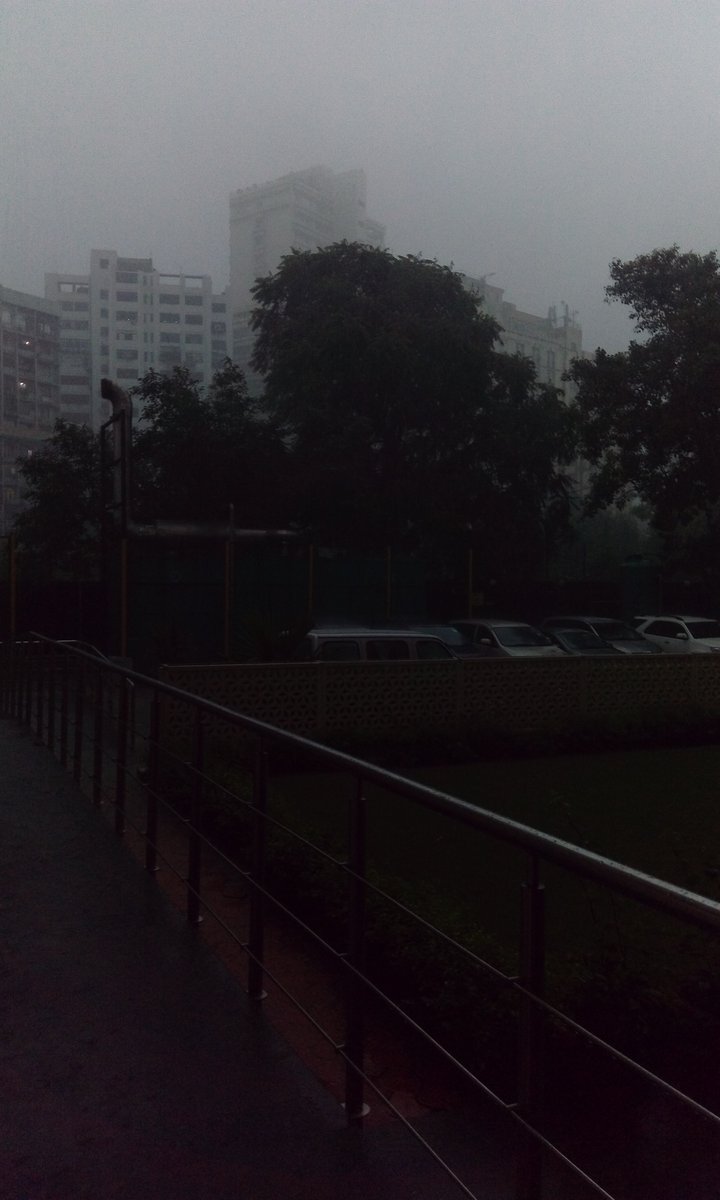
Does this look like morning to you? It's pouring in Delhi! #DelhiRains: image via Hindustan Times Verified account @htTweets, 30 August 2016
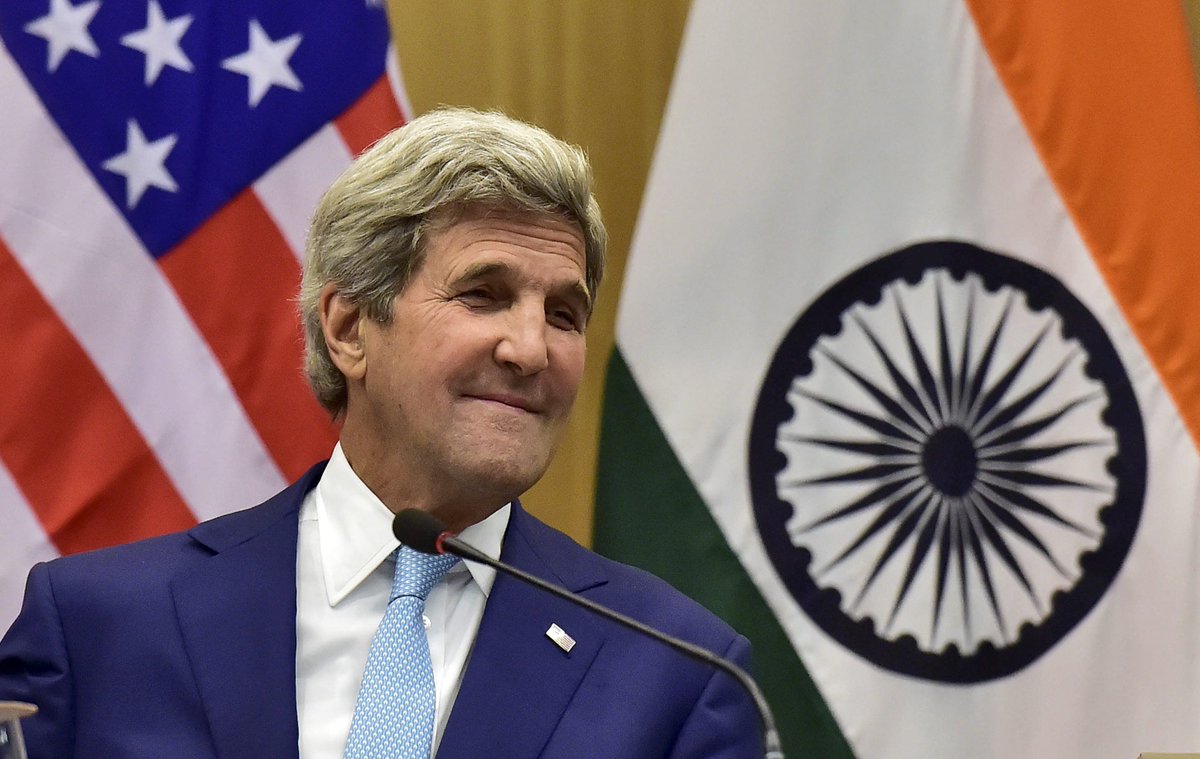
Did you reach here in boats, @JohnKerry asks IIT-Delhi students #DelhiRains: image via Economic Times @EconomicTimes, 31 August 2016
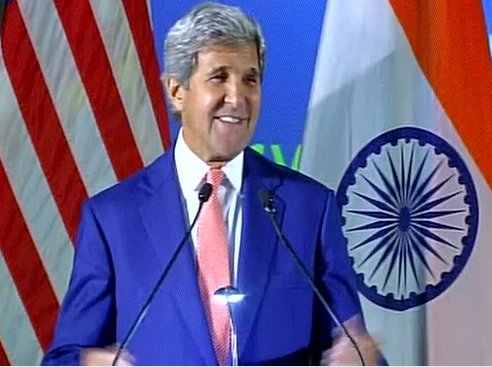
Have you (students) come here in boats? asked US Secy of State @JohnKerry on his arrival at IIT-Delhi #DelhiRains: image via Economic Times@EconomicTimes, 31 August 2016
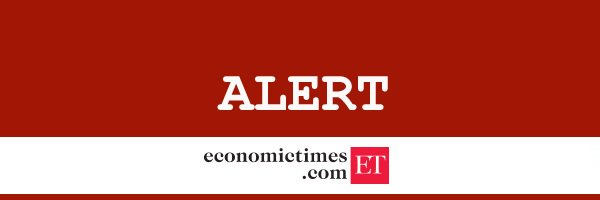
All flights delayed at Delhi's #IGIAirport due to heavy rainfall, 1 flight diverted to #Jaipur: image via Economic Times@EconomicTimes, 31 August 2016
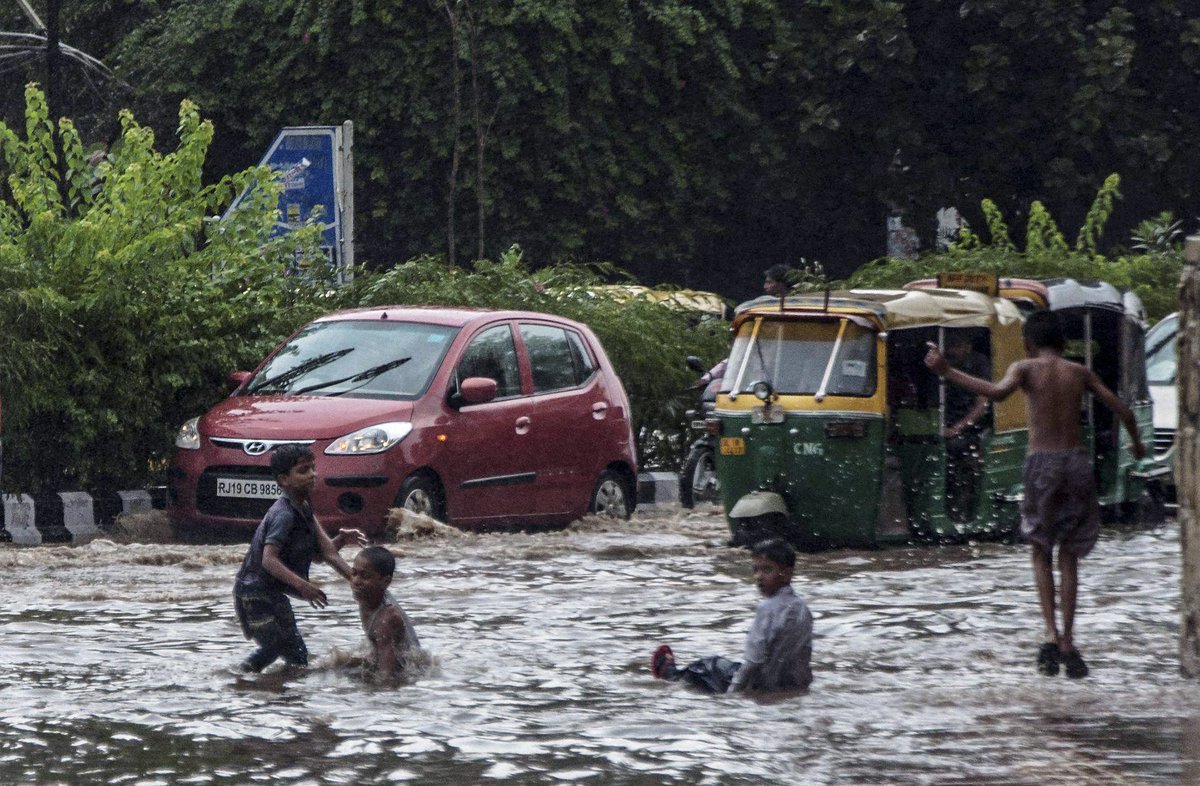
#DelhiRains: Roads flooded with rain water as heavy rainfall lashes the capital city: image via Economic Times @EconomicTimes, 31 August 2016
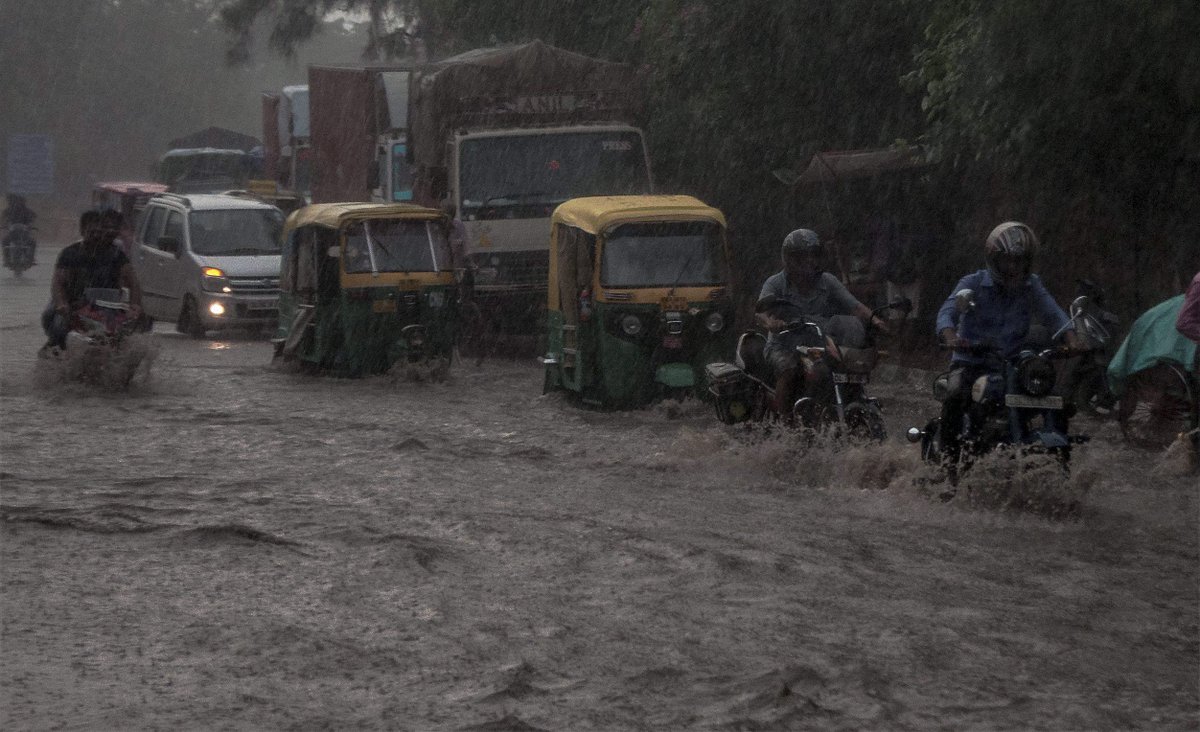
#DelhiRains: Roads flooded with rain water as heavy rainfall lashes the capital city: image via Economic Times @EconomicTimes, 31 August 2016
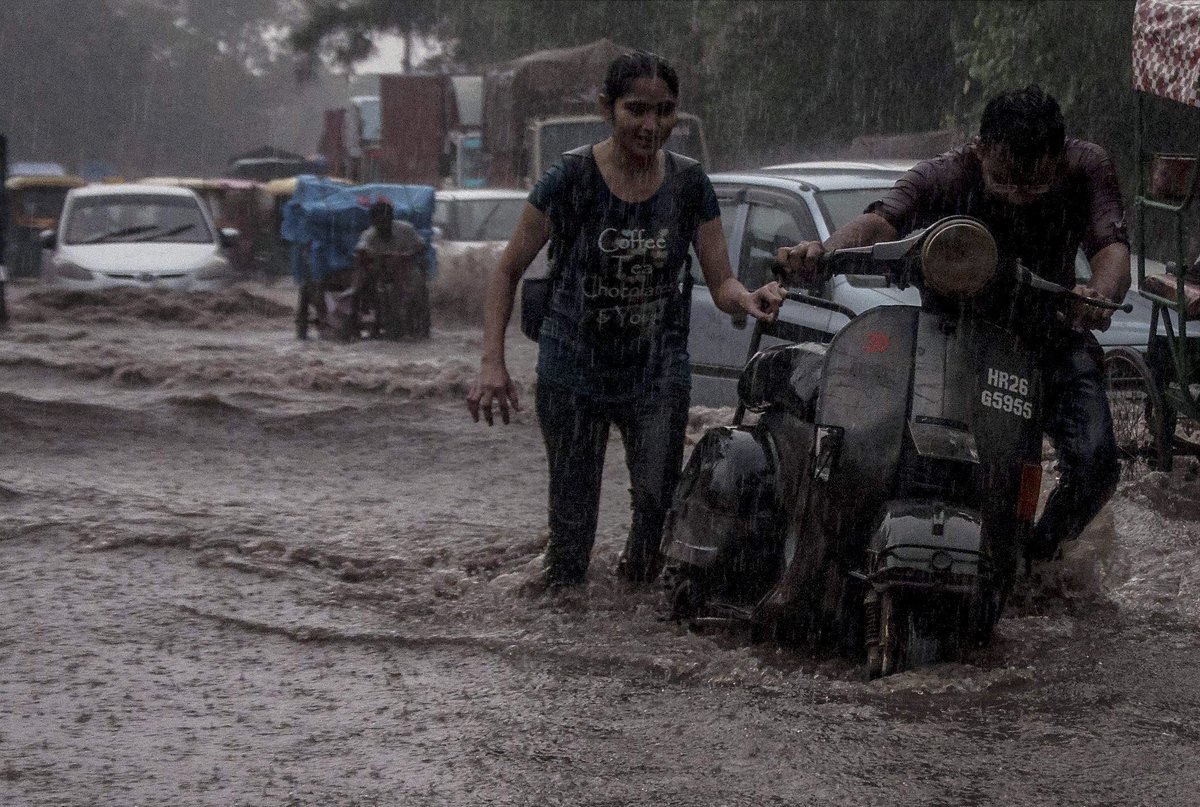
#DelhiRains: Roads flooded with rain water as heavy rainfall lashes the capital city: image via Economic Times @EconomicTimes, 31 August 2016
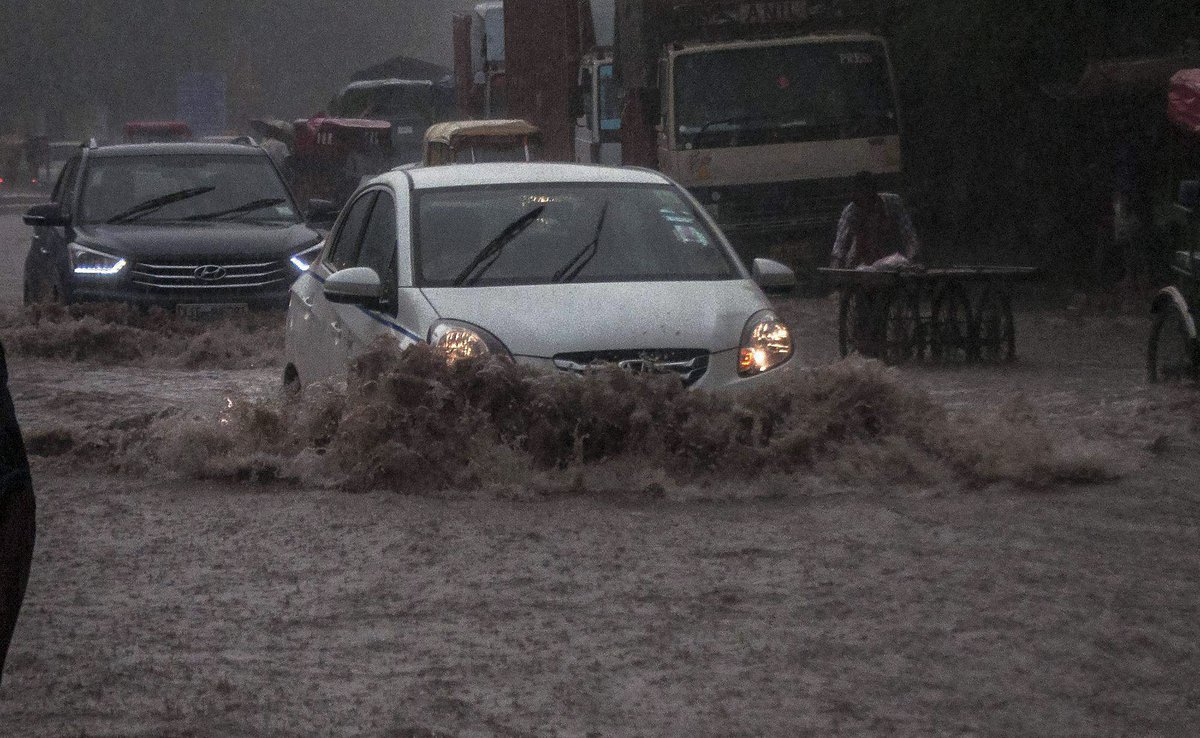
#DelhiRains: Roads flooded with rain water as heavy rainfall lashes the capital city: image via Economic Times @EconomicTimes, 31 August 2016
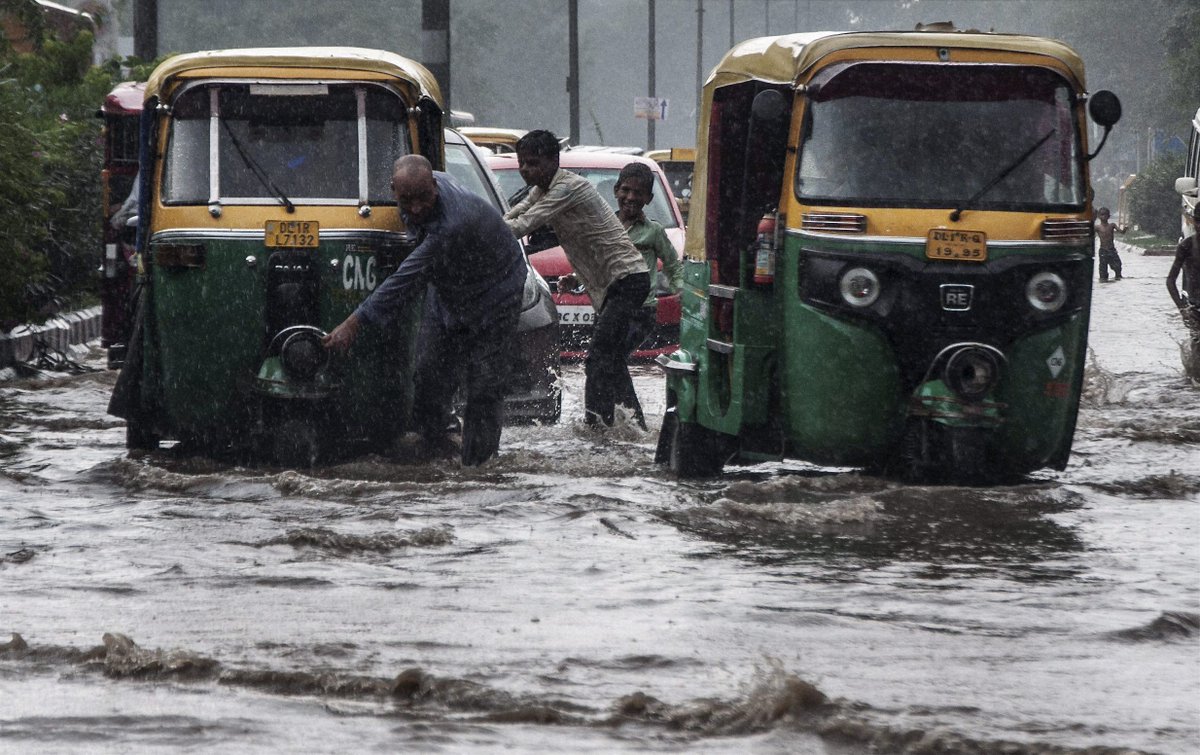
#Live: Heavy downpour brings #Delhi, NCR and #Hyderabad to a halt #DelhiRains: image via Economic Times@EconomicTimes, 31 August 2016
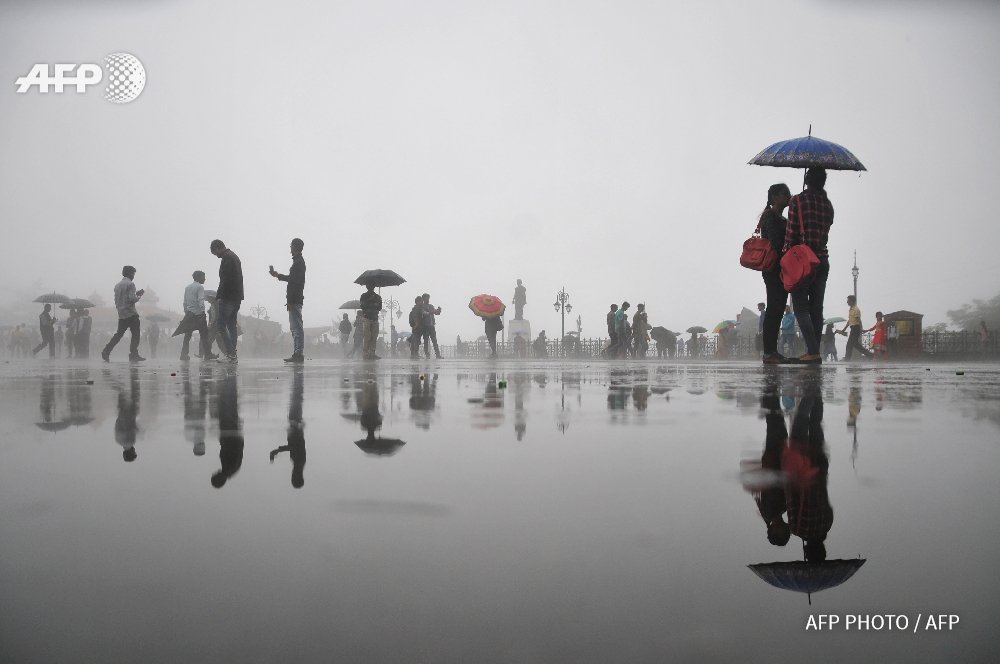
INDIA - Pedestrians walk with umbrellas during rainfall in Shimla. By @AFPphoto #AFP: image via Frédérique Geffard @fgeffardAFP, 30 August 2016
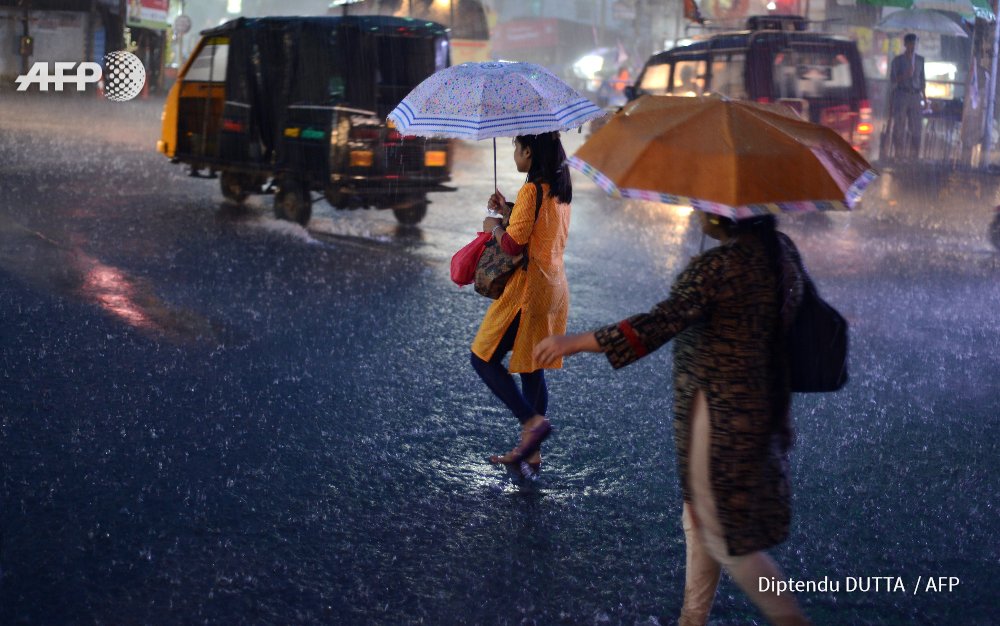
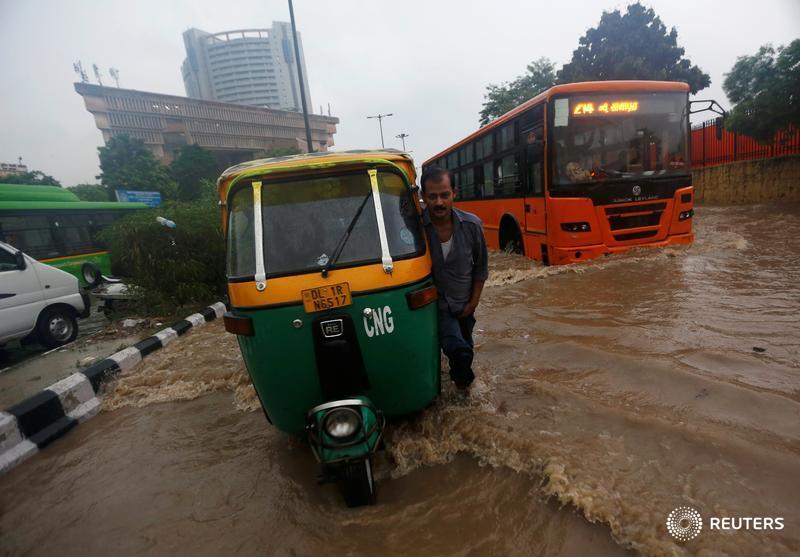
Rising waters in India: image via Reuters India Photos @IndiaPhotos, 29 August 2016
How many little states that serve the gods
Are subject to the godless but more strong,
Made slaves by might of a superior army!
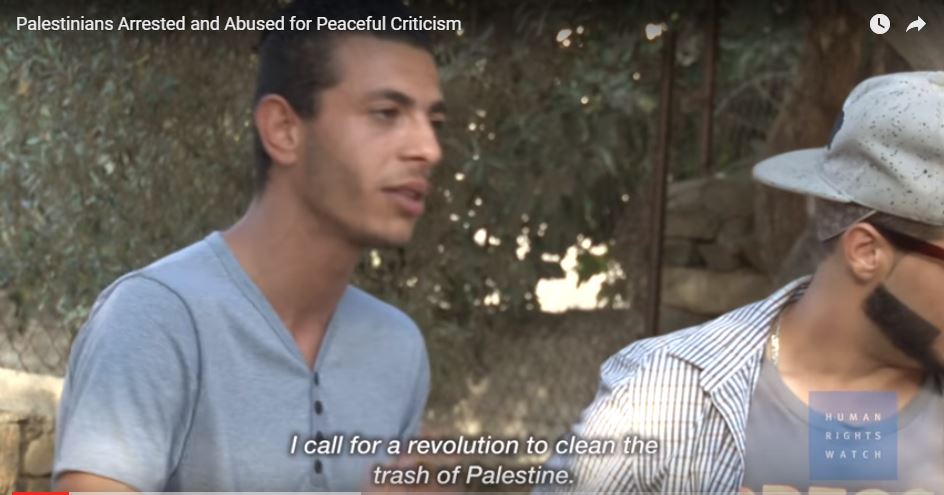
Fearing people see merits of critics, Palestinian authorities arrest them (eg this rapper): image via Kenneth Roth @Ken Roth, 30 August 2016
Smoke and debris rise from the site of a Saudi-led air strike in Sanaa, Yemen on Wednesday: photo by Khaled Abdullah/Reuters, 31 August 2016
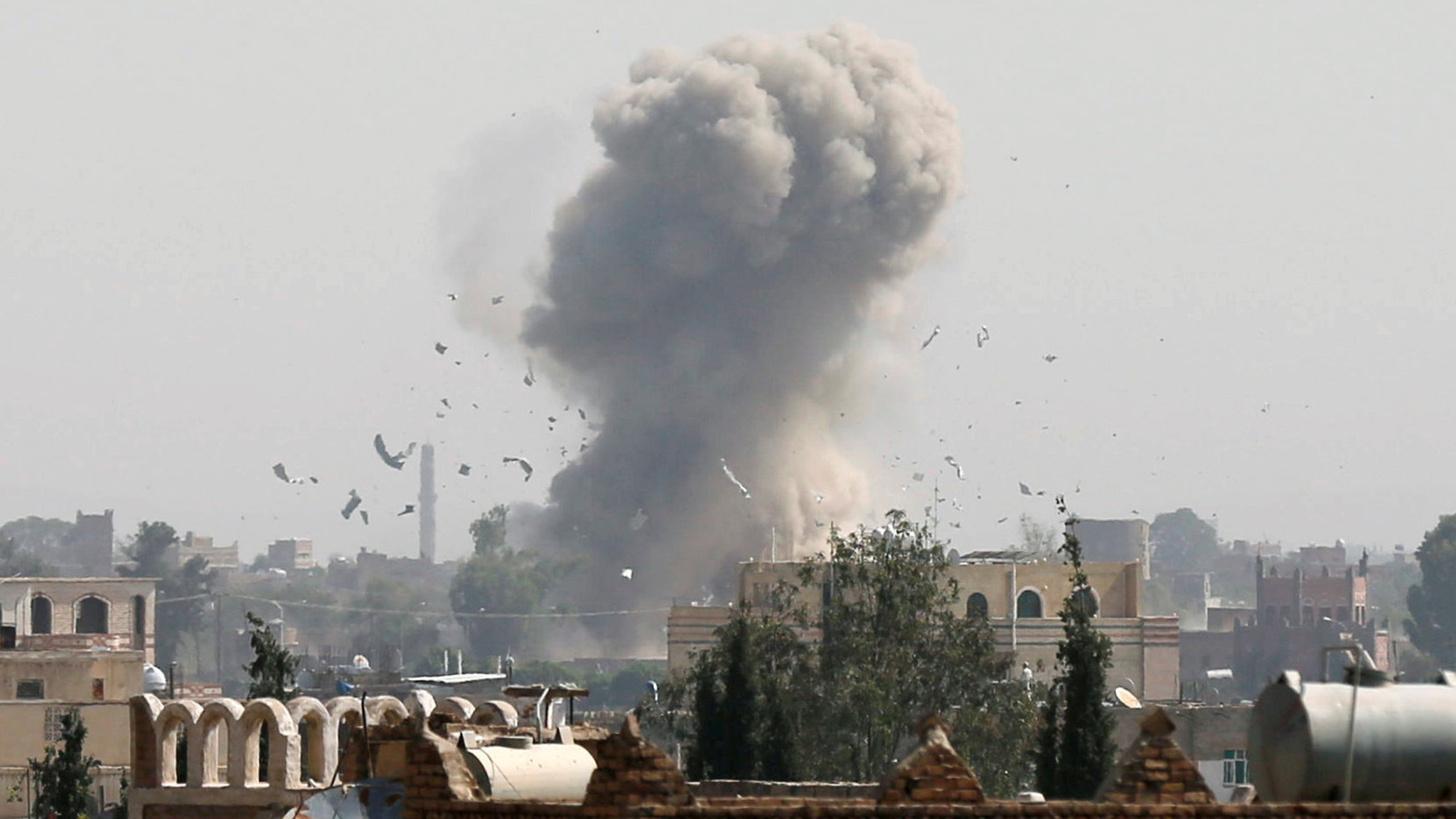
British Prime Minister Theresa May holds a cabinet meeting at the
Prime Minister’s country retreat Chequers to discuss
department-by-department Brexit action plans in Ellesborough, England: photo by Stefan Rousseau/Pool/PA, 31 August 2016
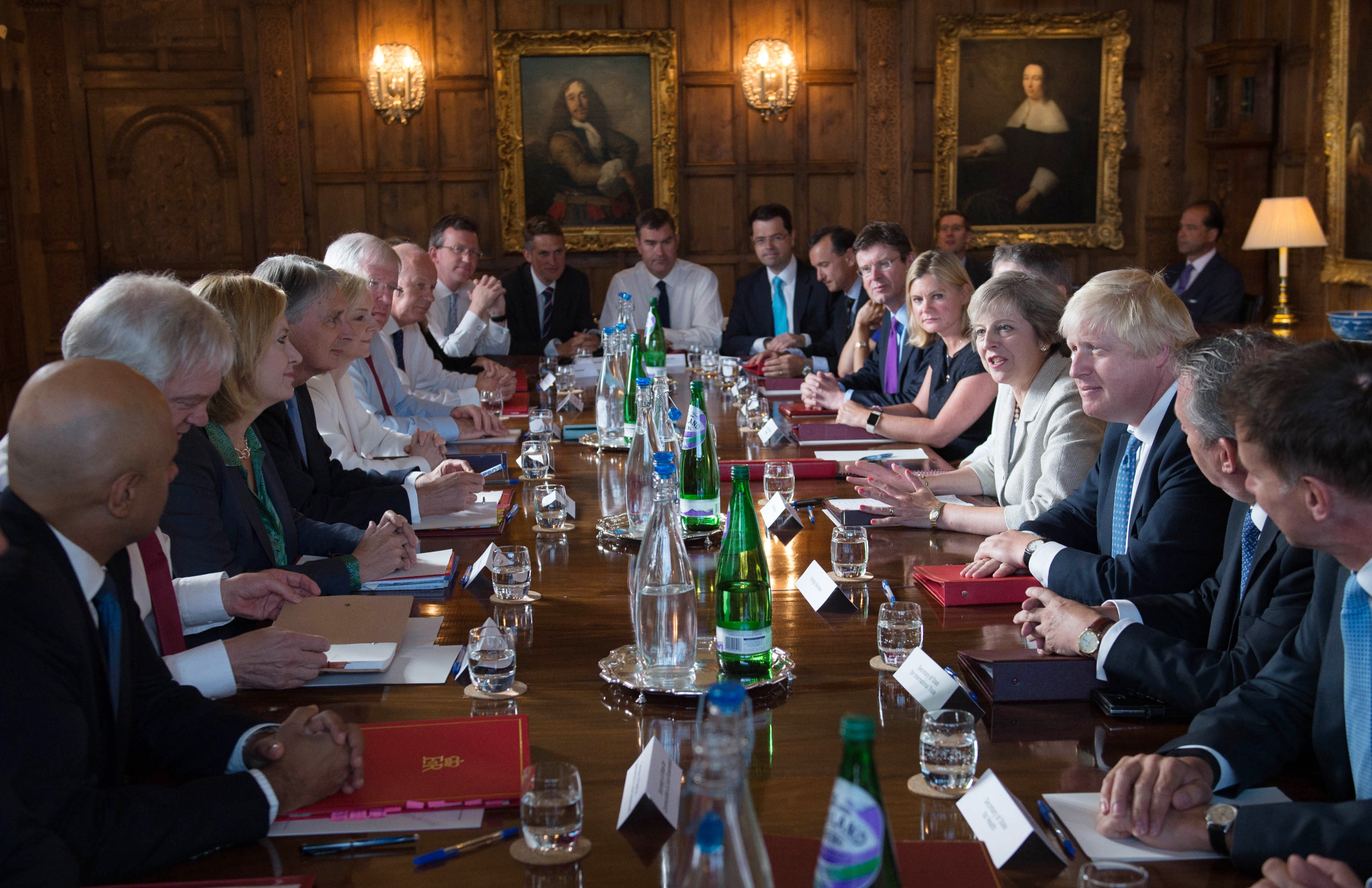

British Prime Minister Theresa May holds a cabinet meeting at the
Prime Minister’s country retreat Chequers to discuss
department-by-department Brexit action plans in Ellesborough, England: photo by Stefan Rousseau/Pool/PA, 31 August 2016

